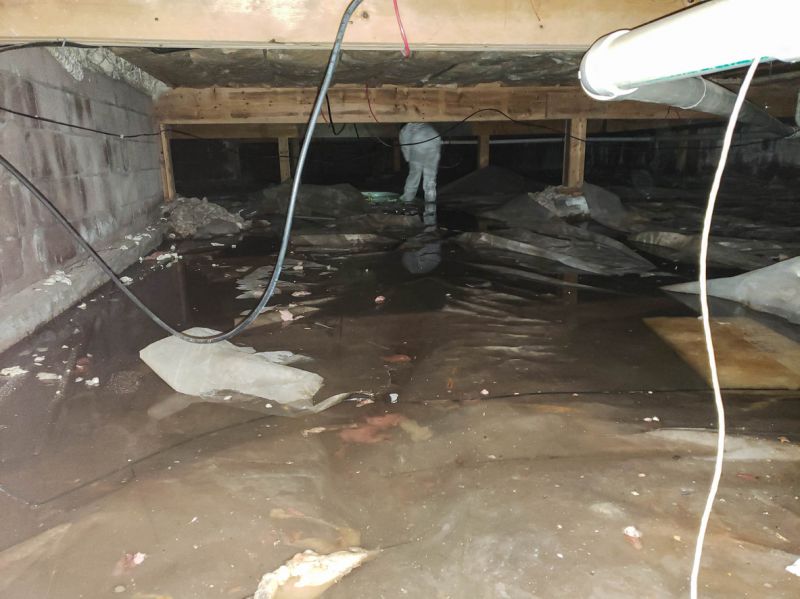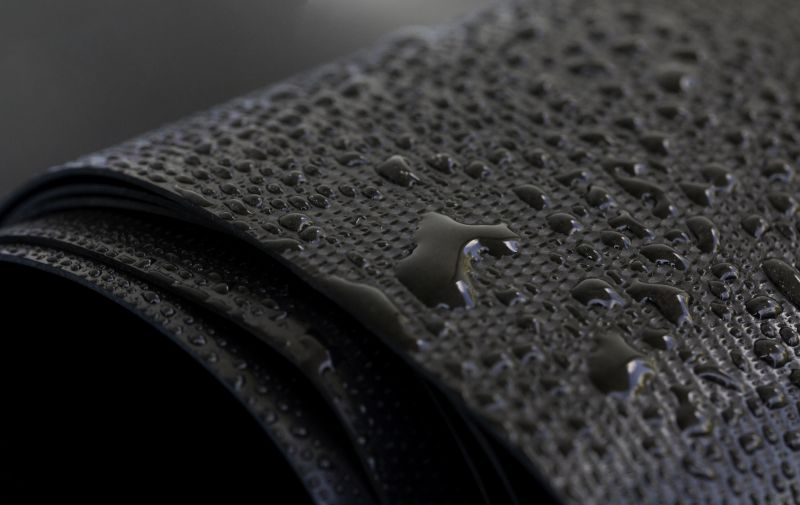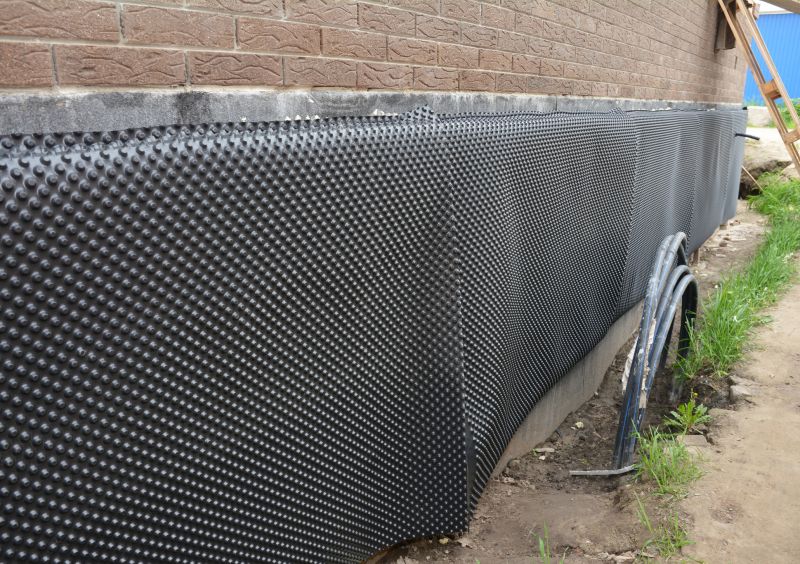Optimal Timing for Waterproofing Projects
Proper timing for waterproofing projects ensures optimal results and longevity. Weather conditions, temperature, and humidity levels significantly influence the effectiveness of waterproofing applications. Typically, dry and mild weather conditions are ideal for sealing surfaces and applying waterproof membranes.
Spring offers moderate temperatures and lower humidity, making it suitable for waterproofing projects before heavy rains.
Summer provides warm weather, but high humidity and frequent rain can hinder proper curing of waterproofing materials.
Fall's cooler temperatures and dry conditions are optimal for waterproofing before winter.
Winter is generally unsuitable due to freezing temperatures and moisture, which can compromise waterproofing effectiveness.

Ways to make Waterproofings work in tight or awkward layouts.

Popular materials for Waterproofings and why they hold up over time.

Simple add-ons that improve Waterproofings without blowing the budget.

High-end options that actually feel worth it for Waterproofings.
Waterproofings are essential for protecting structures from water intrusion, which can lead to structural damage, mold growth, and reduced durability. They involve applying membranes, coatings, or sealants to surfaces such as foundations, roofs, and walls. Proper waterproofing can extend the lifespan of a building and reduce maintenance costs.
Statistics indicate that water-related damages account for a significant percentage of building repairs annually. Implementing waterproofing measures during the optimal season can prevent costly repairs and preserve the integrity of the structure over time.

Finishes and colors that play nicely with Waterproofings.

Little measurements that prevent headaches on Waterproofings day.

A 60-second routine that keeps Waterproofings looking new.
| Season | Optimal Waterproofing Conditions |
|---|---|
| Spring | Dry, mild temperatures, low humidity |
| Summer | Warm weather with low humidity, avoid heavy rain |
| Fall | Cool and dry, ideal before winter |
| Winter | Freezing temperatures and moisture hinder effectiveness |

